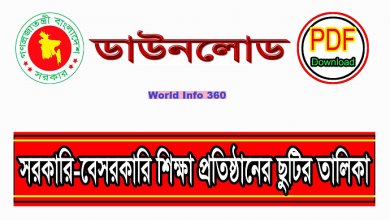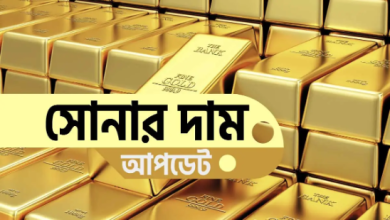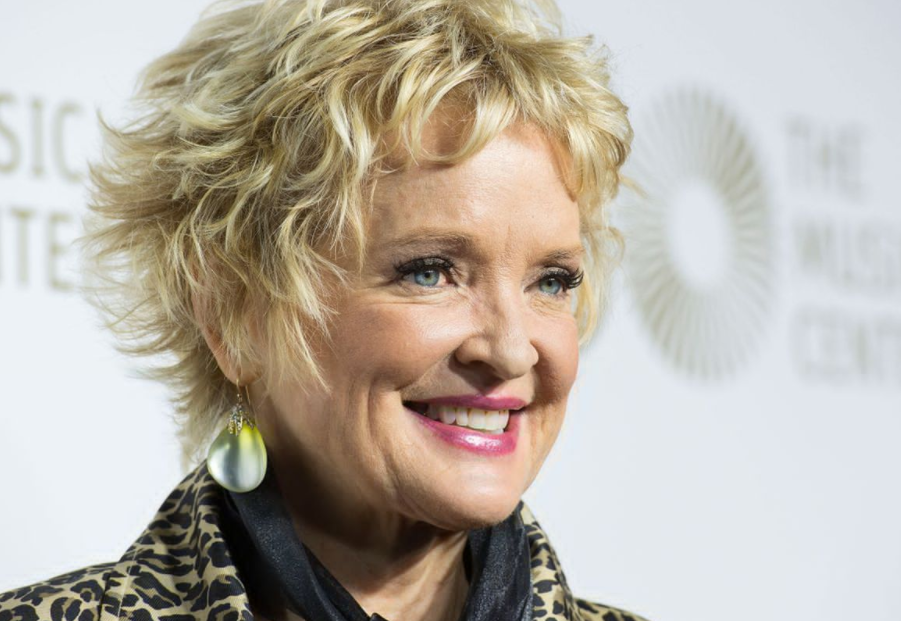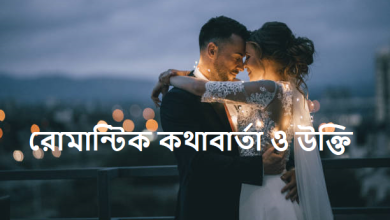Eid MubarakB,Eid Celebration
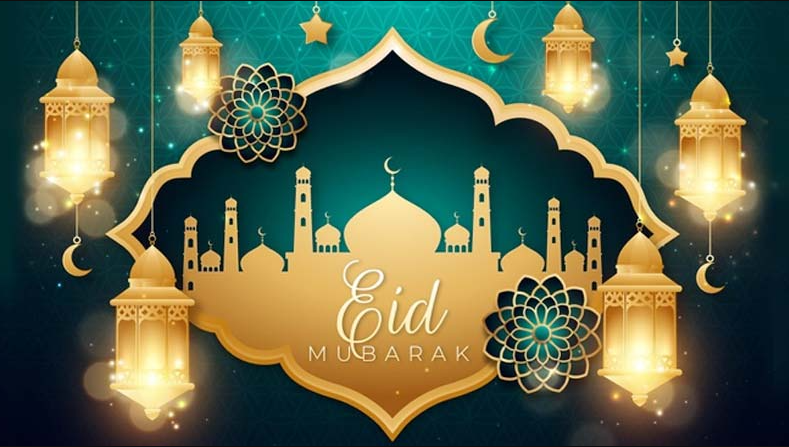
Eid Mubarak (Arabic: عيد مبارك) is a traditional greeting for Muslims. Which is said to greet each other on Eid-ul-Fitr and Eid-ul-Azha. The word “Eid” means joy or celebration; And the word “Mubarak” means benevolent. So the word “Eid Mubarak” means that the celebration of Eid or joy should be auspicious. In some states this exchange of greetings is a cultural tradition and not part of any religious obligation. This greeting is used only during these two Muslim festivals. There are many other greetings in the Muslim world for Eid-ul-Azha and Eid-ul-Fitr.
During Eid-ul-Fitr, the Prophet Muhammad used to say to each other during the meeting with the Companions, “Takabbalallahu minna wa minkum” (may Allah accept from us and you). Across the Muslim world, many variations exist in exchange for Eid greetings. Arab Muslims use the phrase “Eid Mubarak” and have more different ways to greet this day. Some Arabs say “Kul’ am wantum bikhayer” (كل عام و تمنتم بخير), which means “Let every year you spend be good”. There is another common word for Eid greetings in the Gulf states, which is “Minal Aidin wal Faizin” (من العايدين والفايزين), meaning “May we be sanctified [once more] and may we be successful [in our fasting]”, and its The answer is “Minal maqbulina wal ghanimin” (من المقبولين والغانمين), which means “May our good deeds be accepted by Allah and may we conquer [heaven].”
Eid Mubarak
Eid Mubarak is said to be a greeting in India, Pakistan and Bangladesh. Besides, they hug and hug each other at the end of Eid prayers. It creates a feeling of love and brotherhood towards each other. Everyone rejoices on this day. People of every Asian country including Bangladesh Celebrates with joy. After seeing the moon, the exchange of Eid greetings among the loved ones started. At the end of Ramadan, this Eid comes with a message of joy, which Muslims around the world celebrate as a happy festival. Every year, preparations for the month of Ramadan and Eid are in full swing.
Throughout the year, devout Muslims look forward to this holy month and holy day. But this year is a little different. At present, the whole world is struggling to cope with the Covid-19 epidemic. The situation is not normal in the whole world due to corona virus. aAlthough Eid is not as bright as it used to be this year, the enthusiasm for the festival has not diminished. You can send Eid greetings to your close relatives and loved ones by following the social distance. You can send Eid greetings to your friends and relatives by phone even in the midst of lockdown.
Eid Celebration
Eid means joy, Eid means festival, Eid means a picture of a happy day. Semai in the morning or polao-korma made by mother in the afternoon. This is our favorite picture. But is Eid celebrated all over the world in the same way? Not really. Although happy, the issue of praying with Jamaat is common in all countries. However, in other events, the customs and policies of different countries of the world are very different. So let’s take a look at the various images of Eid celebrations around the world.
Bangladesh
We all know the enthusiasm of the Bengalis centered on Eid. The morning starts with sweet food and the whole day is full of various stomach worships of the food-loving Bengalis. Apart from various Mughlai dishes, hotpot, noodles and at present fast food items also get equal popularity on the day of Eid. Besides, there is the insanity of the moon night before Eid. Giving mehdi in hand and last minute shopping — all in all, the excitement of Eid day surpasses it. Children are probably the loudest on Eid and gifts and salami given by adults are a big part of their Eid celebrations. Looking back, we all remember the Eids of our childhood as the happiest Eids.
India and Pakistan
Like Bangladesh, there are various events in India and Pakistan. As soon as the Eid moon appeared in the sky on the night before Eid, all the women of the area came together to share the joy of Eid. From putting henna in each other’s hands to light food all in all.
This is a wonderful environment and a joyous arrangement. The organization of Eid day also has similarities with Bangladesh. In addition to Mughlai food, regional food items can be seen in the food list. In addition, there is variety in the type of semai cooking. There is also a tradition of giving salami in these two countries.
This is a wonderful environment and a joyous arrangement. The organization of Eid day also has similarities with Bangladesh. In addition to Mughlai food, regional food items can be seen in the food list. In addition, there is variety in the type of semai cooking. There is also a tradition of giving salami in these two countries.
Saudi Arabia
Salami culture is also present in Saudi Arabia. Before eating, the children all get together with the adults to celebrate Eid. In addition, every house and city is decorated with lights and lanterns in a festive manner. Let these lights light up the new life of the festival. However, the most beautiful aspect of Saudi Eid is that rich families organize separate meals for the poor and needy. Through this culture the greatness of sacrifice can be fully manifested.
Egypt
In addition to the custom of giving Eid to children, a popular custom in Egypt is to visit the graves of one’s dead ancestors. This ritual was introduced for the purpose of spreading the peace of Eid among those who have departed from the world. And there are family reunions and meeting with relatives.
Indonesia
Eid-ul-Fitr ang Eid ul azha is celebrated in Indonesia with great pomp. Their festiveness is evident in the making of traditional dishes from making multi-layered cakes called ‘Lapis Legit’. They call their Eid celebrations ‘Lebanese’ in their own language. The drum beats at this event. The whole of Indonesia was filled with the light of stars and lanterns. This is an outstanding example of spreading the joy of Eid among all. In addition, there is a ritual called ‘halal-bihalal’, in which a new day, a new life is started by asking and forgiving relatives and friends for all the deeds of the past.

